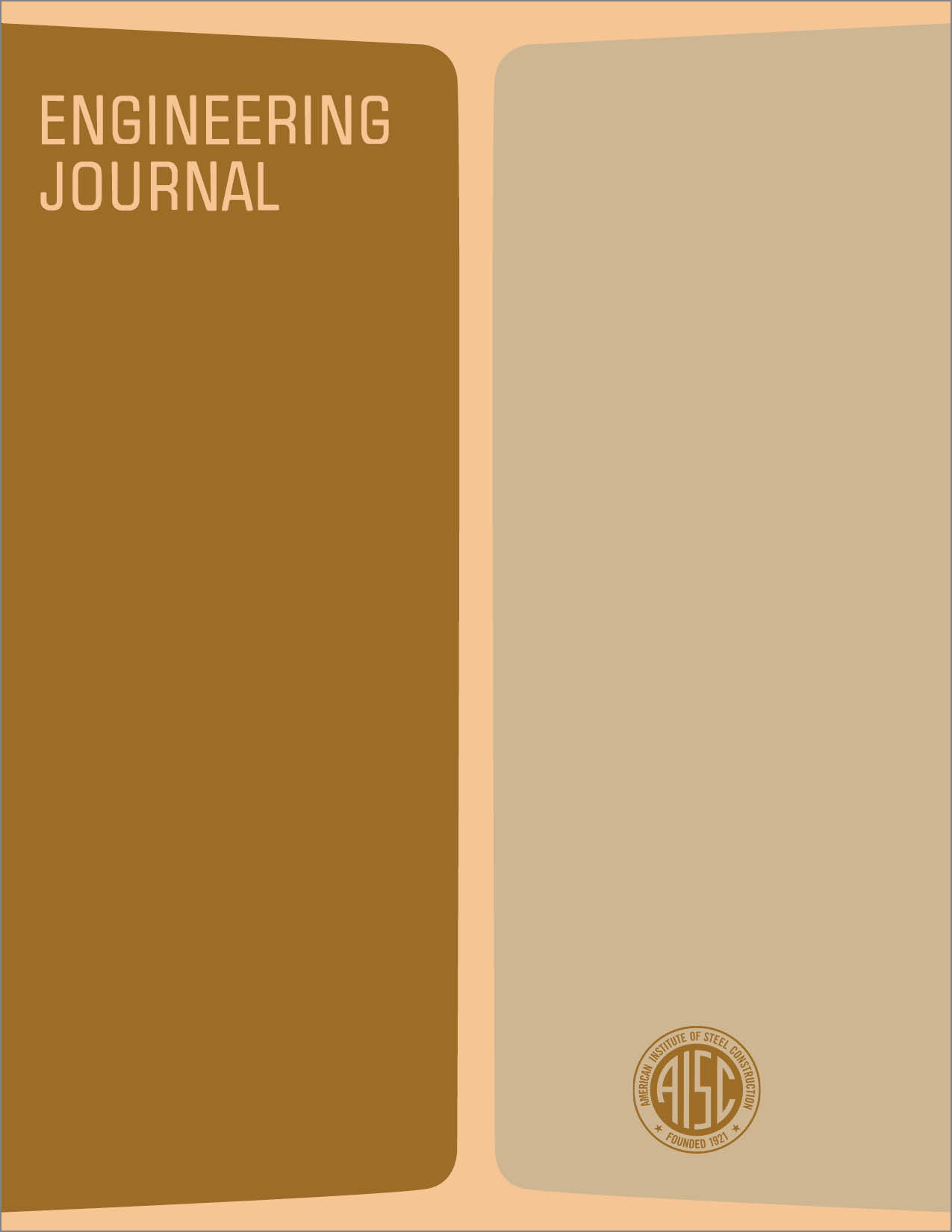Lateral Stiffness of Core and Outrigger Systems
DOI:
https://doi.org/10.62913/engj.v20i4.400Abstract
It is common to increase the lateral stiffness of braced cores by placing horizontal trusses or outriggers from the core to the exterior columns. Outriggers, in effect, apply moments which reduce the rotation of the core at outrigger locations. The smaller rotations at those points in turn reduce the overall sway of the structure. How effective are such outriggers? What are the primary parameters which control their effectiveness? Where along the height are they most effective? For such systems, where should an increment of material be added to affect the largest increment in lateral stiffness? Structural engineers need quantitative answers to such questions to make design decisions. Taranath, McNabb and Muvdi and others have analyzed such systems and have provided insights useful for design. McNabb and Muvdi3 analyzed the case of multiple outriggers and concluded that the gain in stiffness decreases as more outriggers are added. Herein the case of outriggers at only one location is analyzed. The work presented generalizes the results of the references cited by explicitly considering flexible outriggers, nonprismatic elements and a triangularly distributed lateral load. The system model analyzed is shown in Tables 1 and 2. The outriggers are prismatic with a moment of inertia, IG; they can be located at any height, bH, from the base. The exterior columns are pin ended; their area increases linearly from the outrigger location to the base. The vertical core is nonprismatic, with a moment of inertia which increases linearly from the top to the base. Two load models are used; one is a uniform load, the other is a triangular load. The model is statically indeterminate to the second degree, however it is antisymmetric, therefore only one redundant needs to be determined.

